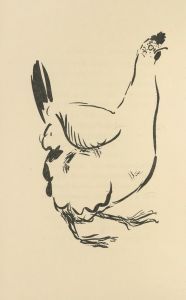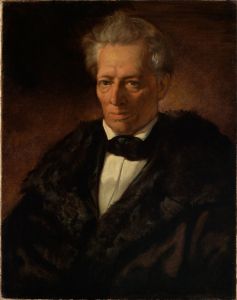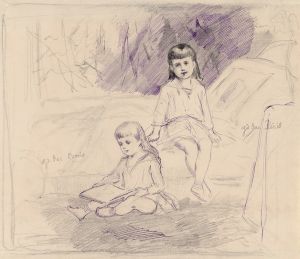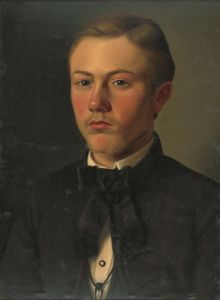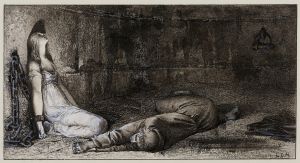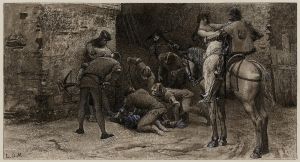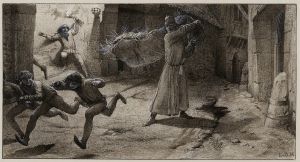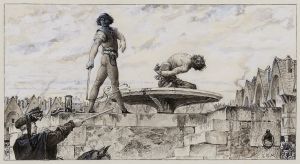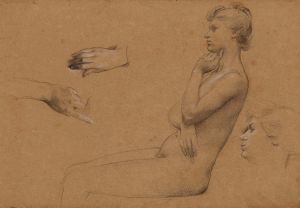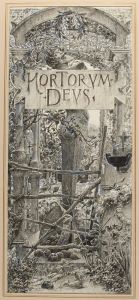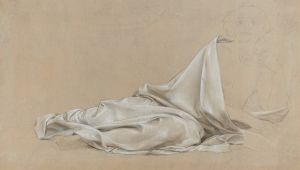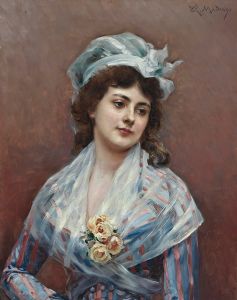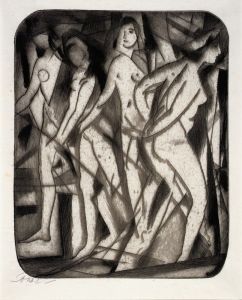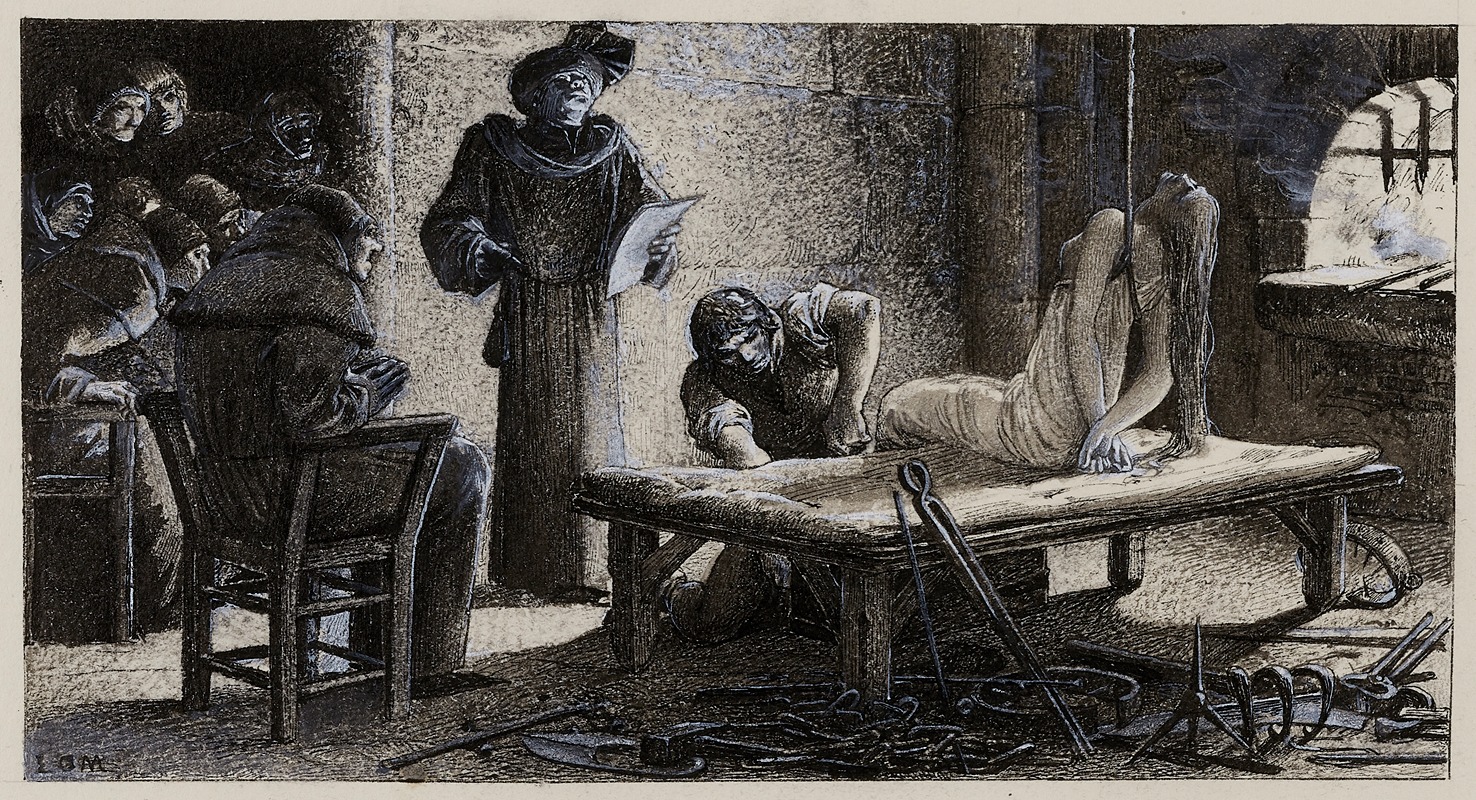
Suite de l’écu changé en feuille sèche
A hand-painted replica of Luc-Olivier Merson’s masterpiece Suite de l’écu changé en feuille sèche, meticulously crafted by professional artists to capture the true essence of the original. Each piece is created with museum-quality canvas and rare mineral pigments, carefully painted by experienced artists with delicate brushstrokes and rich, layered colors to perfectly recreate the texture of the original artwork. Unlike machine-printed reproductions, this hand-painted version brings the painting to life, infused with the artist’s emotions and skill in every stroke. Whether for personal collection or home decoration, it instantly elevates the artistic atmosphere of any space.
Luc-Olivier Merson was a French painter and illustrator known for his academic style and attention to detail. He was born on May 21, 1846, in Paris, France, and became a prominent figure in the art world during the late 19th and early 20th centuries. Merson's work often featured historical, religious, and allegorical themes, and he was highly regarded for his ability to convey complex narratives through his art.
One of Merson's notable works is "Suite de l’écu changé en feuille sèche," which translates to "The Sequel of the Shield Changed into a Dry Leaf." This painting is part of Merson's exploration of allegorical and symbolic themes, a hallmark of his artistic style. While specific details about this particular painting are limited, it is consistent with Merson's broader body of work, which often incorporated elements of mythology, history, and symbolism.
Merson was educated at the École des Beaux-Arts in Paris, where he studied under the tutelage of Gustave Chassevent-Bacques and Isidore Pils. His education and training at this prestigious institution helped shape his artistic style, which was characterized by meticulous attention to detail and a strong emphasis on narrative content. Merson's work was well-received in his time, and he exhibited regularly at the Paris Salon, a key venue for artists of his era.
Throughout his career, Merson received numerous accolades and honors for his contributions to the arts. He was awarded the Prix de Rome in 1869, a prestigious scholarship that allowed him to study in Italy, further influencing his artistic development. His time in Italy exposed him to Renaissance art, which had a lasting impact on his style and thematic choices.
In addition to his work as a painter, Merson was also a prolific illustrator. He contributed illustrations to various publications, including books and magazines, further showcasing his versatility as an artist. His illustrations often mirrored the same attention to detail and narrative depth found in his paintings.
Merson's influence extended beyond his own work, as he also served as a mentor and teacher to younger artists. He was appointed a professor at the École des Beaux-Arts, where he shared his knowledge and expertise with the next generation of artists. His legacy is reflected in the continued appreciation of his work and the impact he had on the art community during his lifetime.
Luc-Olivier Merson passed away on November 13, 1920, in Paris, leaving behind a rich legacy of art that continues to be studied and admired. While specific information about "Suite de l’écu changé en feuille sèche" may be limited, Merson's overall contributions to the art world remain significant, and his work continues to be celebrated for its beauty, complexity, and narrative power.





